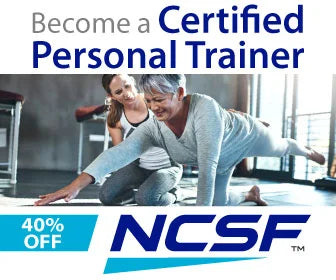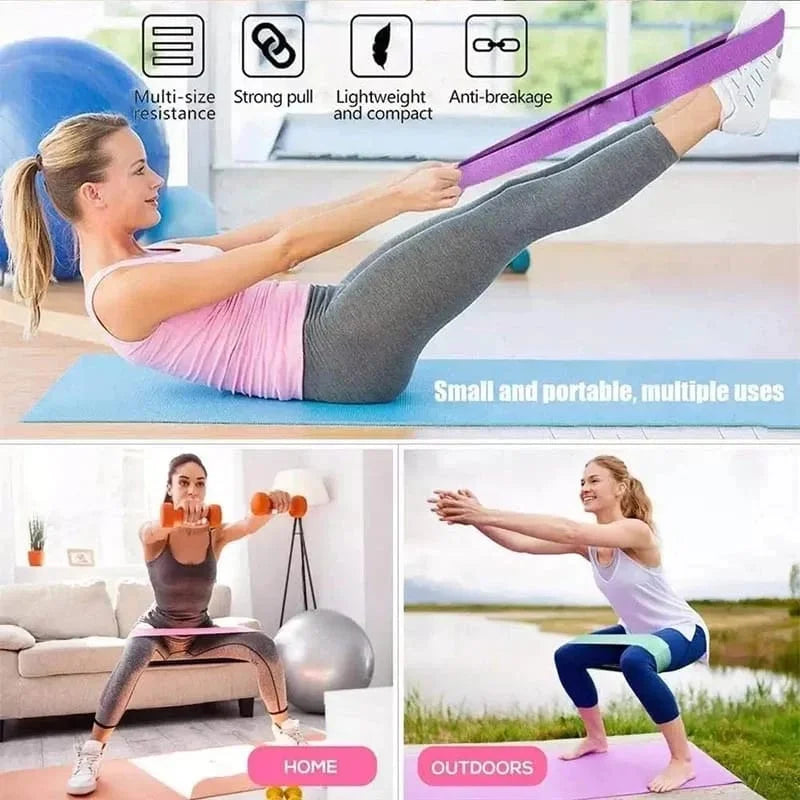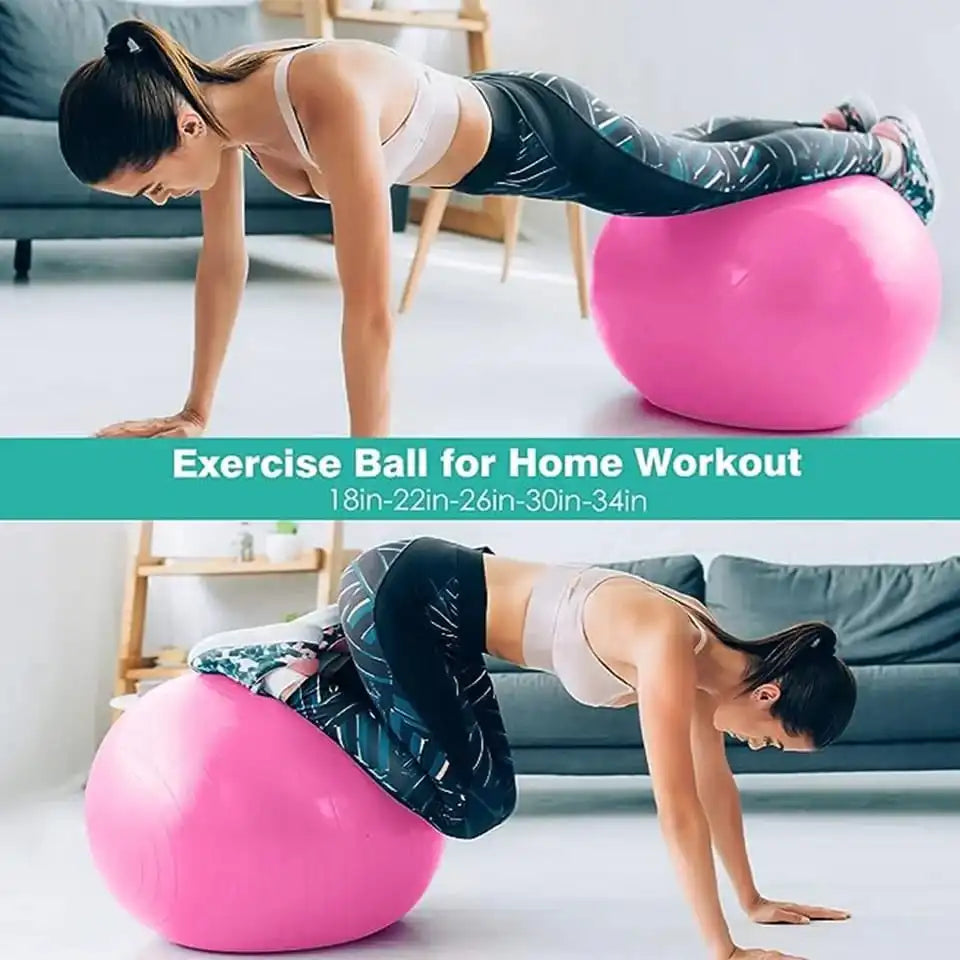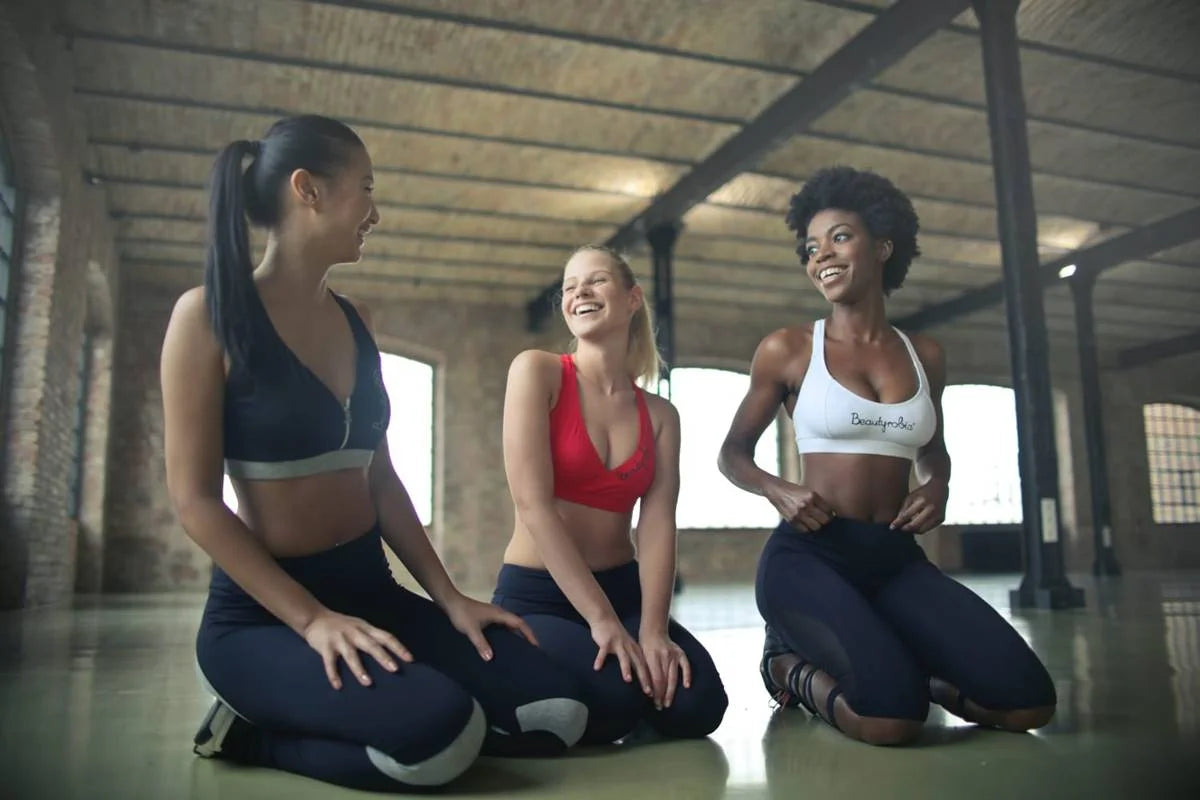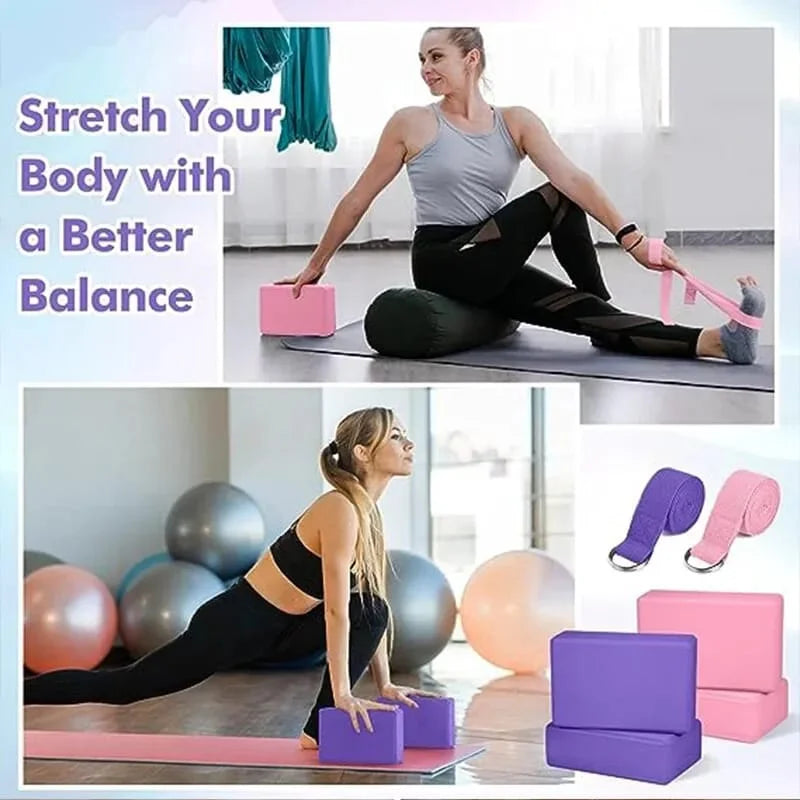Back Trainer posture Corrector
A back trainer posture corrector is a supportive device designed to help improve posture and alleviate discomfort associated with poor posture. Here's how a back trainer posture corrector typically works:
-
Supportive Design: Back trainer posture correctors are often made of elastic or adjustable straps that wrap around the shoulders, torso, and sometimes the waist. They are designed to gently pull the shoulders back and align the spine into a more upright position.
-
Posture Alignment: By gently pulling the shoulders back, a back trainer posture corrector helps align the spine properly, reducing the tendency to slouch or hunch forward. This can alleviate strain on the muscles and ligaments of the back, neck, and shoulders, promoting better spinal alignment and posture.
-
Muscle Engagement: Wearing a back trainer posture corrector encourages the engagement of the muscles that support good posture, including the muscles of the upper back, shoulders, and core. Over time, this can help strengthen these muscles and improve overall posture even when the corrector is not being worn.
-
Adjustability: Many back trainer posture correctors are adjustable, allowing users to customize the fit for their body size and comfort level. They often feature straps or Velcro closures that can be tightened or loosened as needed to provide the right amount of support and pressure.
-
Comfort and Breathability: Look for a back trainer posture corrector that is made of breathable materials to ensure comfort during wear. It should be lightweight and discreet enough to be worn under clothing without causing discomfort or restriction of movement.
-
Gradual Adaptation: It's important to gradually adapt to wearing a back trainer posture corrector, especially if you're not accustomed to maintaining good posture. Start by wearing it for short periods of time, such as 30 minutes to an hour per day, and gradually increase the duration as your muscles become accustomed to the new alignment.
-
Supplemental Exercises: While wearing a back trainer posture corrector can be helpful, it's also important to incorporate supplemental exercises and stretches to strengthen the muscles that support good posture. This may include exercises targeting the upper back, shoulders, and core, as well as stretches to improve flexibility and mobility in the spine.
Before using a back trainer posture corrector, it's a good idea to consult with a healthcare professional, especially if you have any underlying medical conditions or concerns about your posture. They can provide guidance on the best approach for improving posture and addressing any underlying issues contributing to poor posture.


